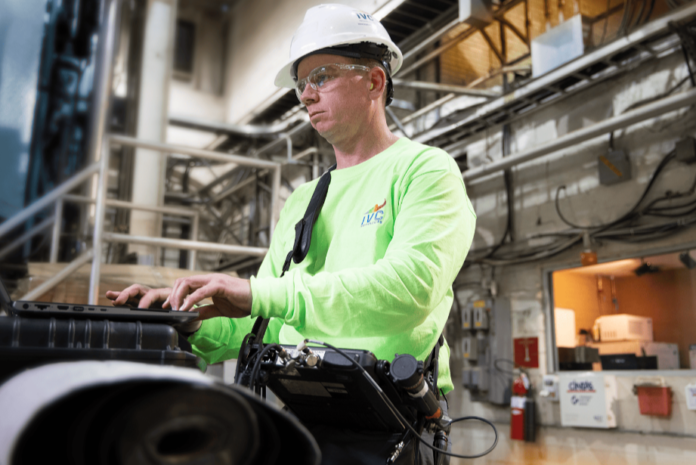Equipment failure can result in large financial losses and inefficient operations in today’s manufacturing and industrial settings. Conventional maintenance techniques, such as planned examinations and reactive fixes, frequently miss early indications of wear and mechanical problems. A game-changing technology, remote vibration monitoring enables businesses to keep an eye on the condition of their equipment in real time and provides useful information for improving maintenance plans. Businesses may prolong equipment life, increase overall operational reliability, and spot any problems before they become serious by monitoring minute variations in vibration patterns. This article examines methods for utilizing remote vibration monitoring to enhance equipment performance and lifetime, so take your time to look into these things carefully and find a way to start implementing them into your daily operations as soon as you can.
A Comprehensive Overview of Remote Vibration Monitoring
In order to continuously track the vibration characteristics of machinery, remote vibration monitoring makes use of sensors and networked systems. These sensors identify irregularities that could be signs of early equipment deterioration, such as imbalance, misalignment, or bearing wear. Operators can receive real-time insights from any location by sending data to centralized control systems or cloud-based platforms, which enables preemptive maintenance decisions. This method guarantees that maintenance decisions are founded on factual information rather than conjecture and lessens the need for human inspections, which can be expensive and time-consuming.
Vibration Analysis for Predictive Maintenance
The use of remote vibration monitoring in predictive maintenance is among its most important benefits. Predictive techniques use real-time data to anticipate possible problems, in contrast to reactive maintenance, which fixes issues after they arise. Engineers can predict component wear and plan treatments before breakdowns happen by examining vibration patterns and trends. This method addresses problems while they are still minor, which lowers repair costs and minimizes unplanned downtime. Additionally, because machinery runs under ideal conditions free from the stress of hidden defects, predictive maintenance increases the efficiency of equipment.
Real-World Uses and Case Studies
Remote vibration monitoring has been effectively used to increase equipment life in a number of industries, including manufacturing, energy, and transportation. For instance, vibration sensors are used by wind turbine operators to identify bearing problems early on, minimizing expensive downtime and increasing energy production. Similarly, to maintain assembly line equipment and guarantee output quality, car and aerospace firms depend on ongoing monitoring. Reliability, efficiency, and cost savings can be greatly increased for businesses by customizing monitoring strategies to particular equipment and operating conditions. These real-world uses show that professional remote vibration monitoring is a very useful tool for contemporary industrial maintenance and not just a theoretical idea.
Enhancing the Performance of Equipment
In addition to preventing malfunctions, vibration monitoring offers information that enhances performance in general. Vibration level variations may be a sign of inefficiencies such as uneven loads, misaligned shafts, or high friction. Organizations can lower energy usage, increase operational consistency, and stop additional mechanical stress by addressing these problems as soon as possible. Continuous monitoring also makes it possible for workers to adjust equipment settings according to vibration data, guaranteeing that machinery runs as efficiently as possible. This proactive optimization lowers the frequency of expensive repairs and increases the longevity of vital components.
Read Also: Innovations in Microchannel Coil Technology
Integration with Smart Systems and IoT
When combined with smart industrial systems and the Internet of Things (IoT), remote vibration monitoring becomes even more useful. When abnormal vibration patterns are observed, IoT-enabled sensors may easily communicate with maintenance software to provide thorough analytics and alarms. Predictive capabilities can be further improved by using sophisticated algorithms and machine learning models to spot minor trends that conventional inspections can miss. This connection guarantees consistent equipment care and lowers human error in the maintenance process by enabling automated maintenance scheduling, remote diagnostics, and centralized monitoring across various locations.An effective strategy for increasing the lifespan and operating effectiveness of equipment is remote vibration monitoring. Organizations may prevent failures, lower maintenance costs, and increase overall productivity by offering real-time insights into mechanical performance, enabling predictive maintenance, optimizing performance, and connecting with smart systems. By using this technology, engineers can prolong the life of vital machinery, make well-informed decisions, and proactively solve problems. Remote vibration monitoring will continue to be a key tactic for guaranteeing dependable and economical equipment management as companies embrace digital transformation.


